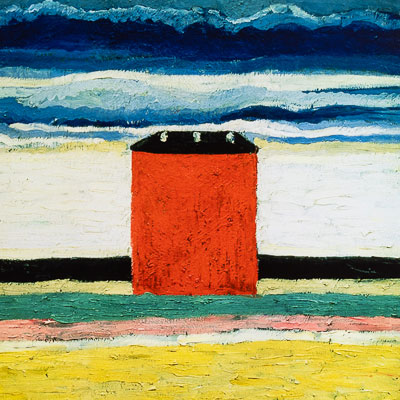Tel : (+33) 4 94 63 18 08
9am - 6pm from Monday to Saturday
Kasimir Malevitch
Kasimir Malevich was a Russian avant-garde artist and art theorist, born on February 23, 1879 in Kiev, Ukraine. He was a pioneer of the abstract art movement, known as Suprematism, which he founded in 1915. Malevich is considered one of the most influential artists of the 20th century.
He began his artistic journey as a figurative artist, but gradually turned towards abstraction in his works. He was influenced by the modernist art movements of the early 20th century, such as Futurism, and his ideas about abstract art were formed by his study of the works of artists such as Pablo Picasso and Georges Braque.
Malevich's Suprematism is considered one of the first non-objective movements of modern art. He believed that art should exist for itself, rather than simply representing reality, and that elements of form and color were more important than representing the subject. This idea is reflected in his works, often composed of geometric shapes and primary colors.
Malevich's 1915 painting, "Black Square," is considered one of the most iconic works of the 20th century and remains a major symbol of the Suprematism movement. He continued to develop and refine his ideas about abstract art throughout his career, and his works have been the subject of numerous exhibitions and retrospectives over the years since his death.
Malevich died in Leningrad (now St. Petersburg) on May 15, 1935, at the age of 56.
Year of birth : 1879
Year of death :
1935
Nationality : Russie, Fédération de
Pictorial movement : Suprematism, Constructivism
Famous works : Le Rémouleur (1912), À la moisson, Marfa et Vanka (1929), Carré noir ; Cercle noir (1913)




